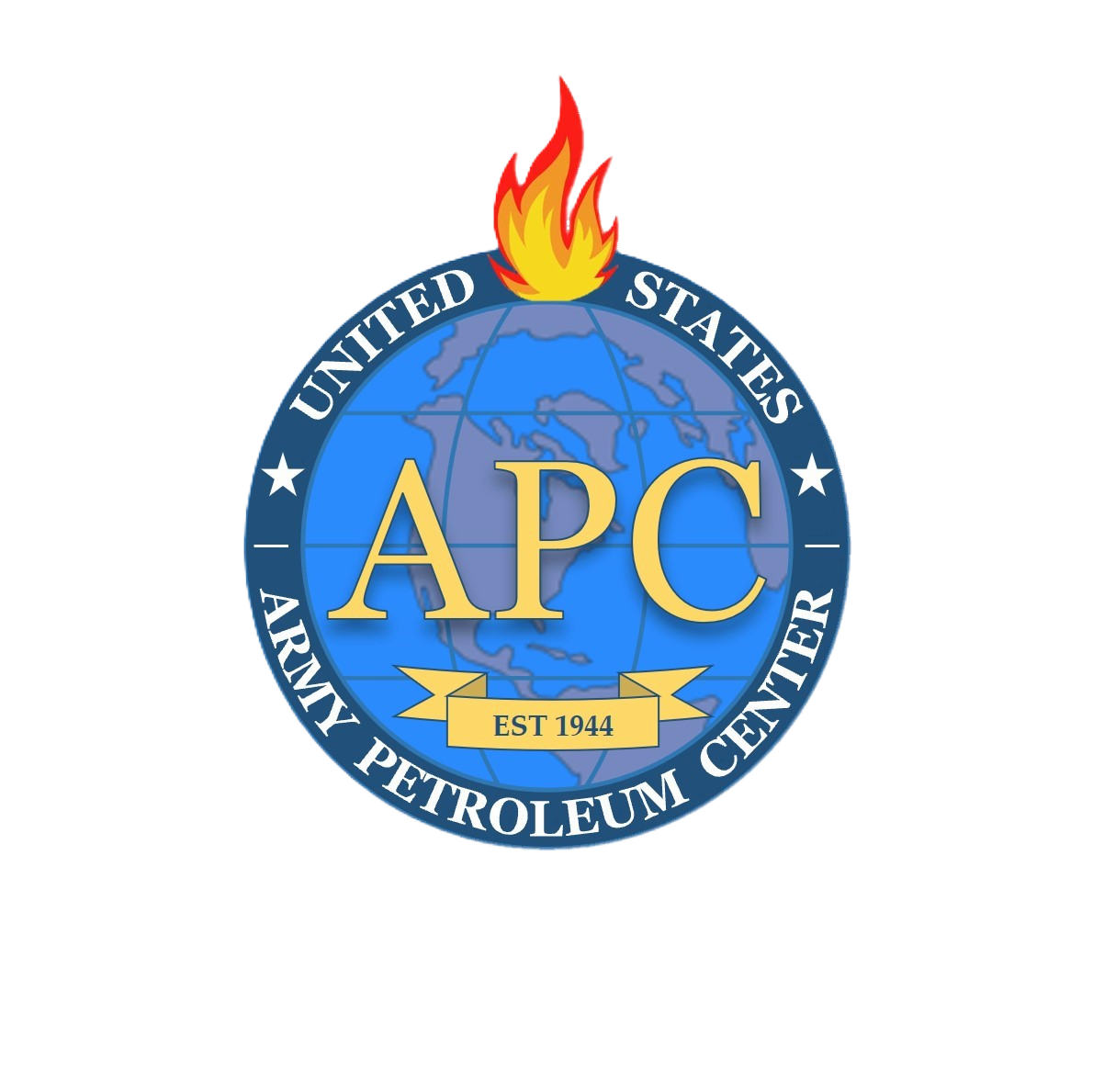
History

The Army Petroleum Center (APC) can trace its origin to 1944, when a civilian laboratory was set up at Caven Point, NJ to conduct analysis of petroleum products for the Army. The mission soon grew to fuel procurement inspection and testing, leading to the creation of the New York Quartermaster Petroleum Field Office, led by an Army Colonel directly under the Quartermaster General.
The organization was re-designated in 1955 as the QM Supply Section, Petroleum Division, and physically relocated to the Schenectady General Depot, NY. It was responsible for performing procurement inspection and quality surveillance of Defense Fuel Supply Center contract bulletin samples in the eastern U.S., as well as establishing a technical advisory program that continues to exist today.
In the 1962-63 timeframe, the responsibility of procurement and inspection was transferred from the QM Supply Section, Petroleum Division, to the Defense Supply Agency (DSA). In 1967, the QM Supply Section, Petroleum Division, testing mission moved to New Cumberland Army Depot, PA.
The Army Materiel Command (AMC) relocated the Army Class Manager Activity for bulk petroleum, previously located at Cameron Station, VA, to New Cumberland Army Depot in 1971. It was then reassigned to the U.S. Army General Materiel and Petroleum Activity (USAGMPA). Shortly thereafter, the QM Supply Section, Petroleum Division and the Army Class Manager Activity were merged and reorganized as the USAGMPA Petroleum Division, reporting over time to various Major Subordinate Commands (MSCs) under the AMC flag.
In 1992, the USAGMPA Petroleum Division was re-designated as the U.S. Army Petroleum Center (USAPC) as a direct report to TACOM. The USAPC relocated to the Defense Logistics Agency Headquarters building at Ft Belvoir, VA in 2003. At the same location in 2008, USAPC was realigned as a direct report to AMC, and in 2020 APC realigned again as a direct report to Army Sustainment Command (ASC), as it remains today.